
TONGLI compound fertilizer palletizer is an automated equipment used in compound fertilizer production lines to neatly stack 50/25kg bags of NPK organic-inorganic compound fertilizer on pallets. The palletizing speed can reach 1,200 bags per hour, and the pallet load capacity is 1-2 tons. The palletizing robot uses FANUC M-410i, which can flexibly set different palletising modes and pallet types through programming. It can palletize compound fertilizers from two production lines at the same time, and the efficiency is increased by 50%-100% compared with single-pallet palletizers; the floor space is reduced by 30%-50% compared with two single-pallet palletizers. It is equipped with an adjustable gripping device and a flexible clamping mechanism to ensure stable gripping without damaging the fertilizer packaging bags. It can meet the needs of compound fertilizer palletizing with two different packaging specifications or pallet types. It is also equipped with a stainless steel conveying system and an automatic bag-turning device, equipped with intelligent sensors and automatic control systems, it can monitor the palletizing process in real time, automatically adjust the grabbing position, force and stacking sequence, adapt to different production conditions and material changes.
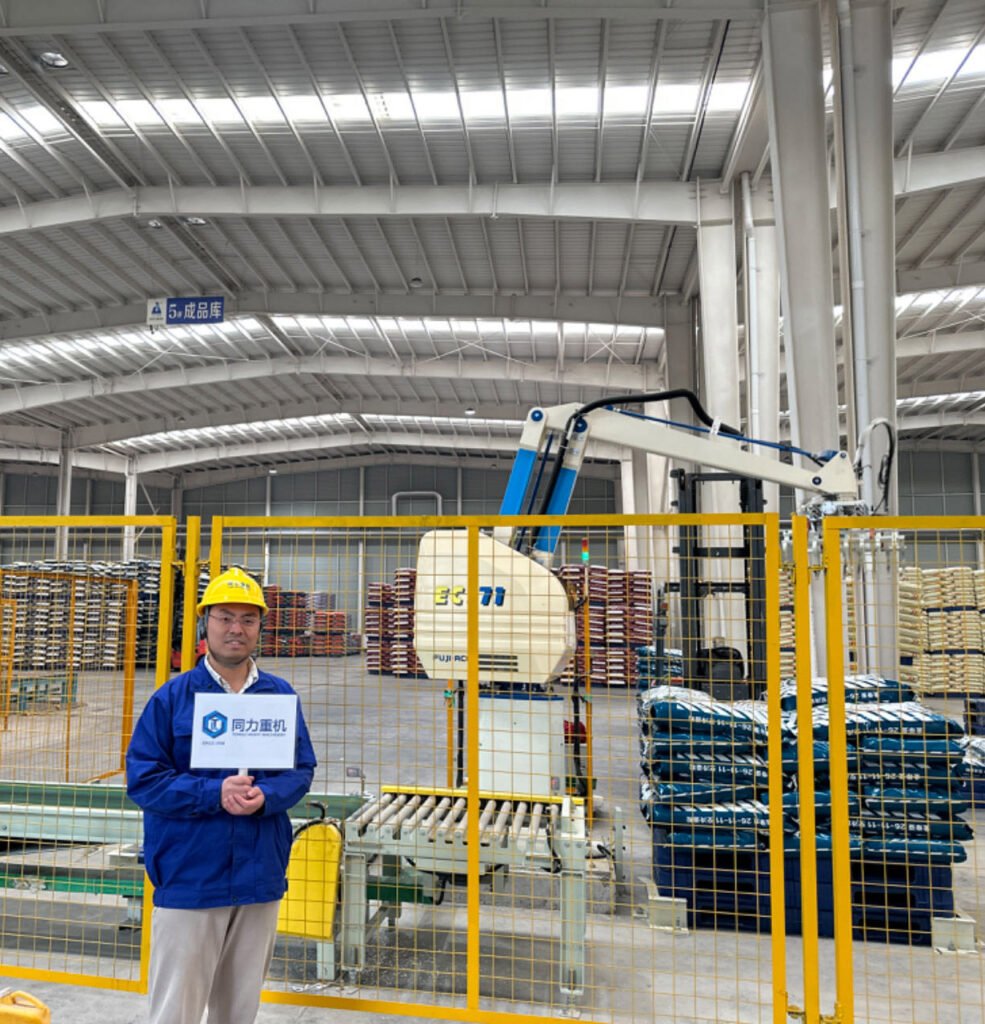
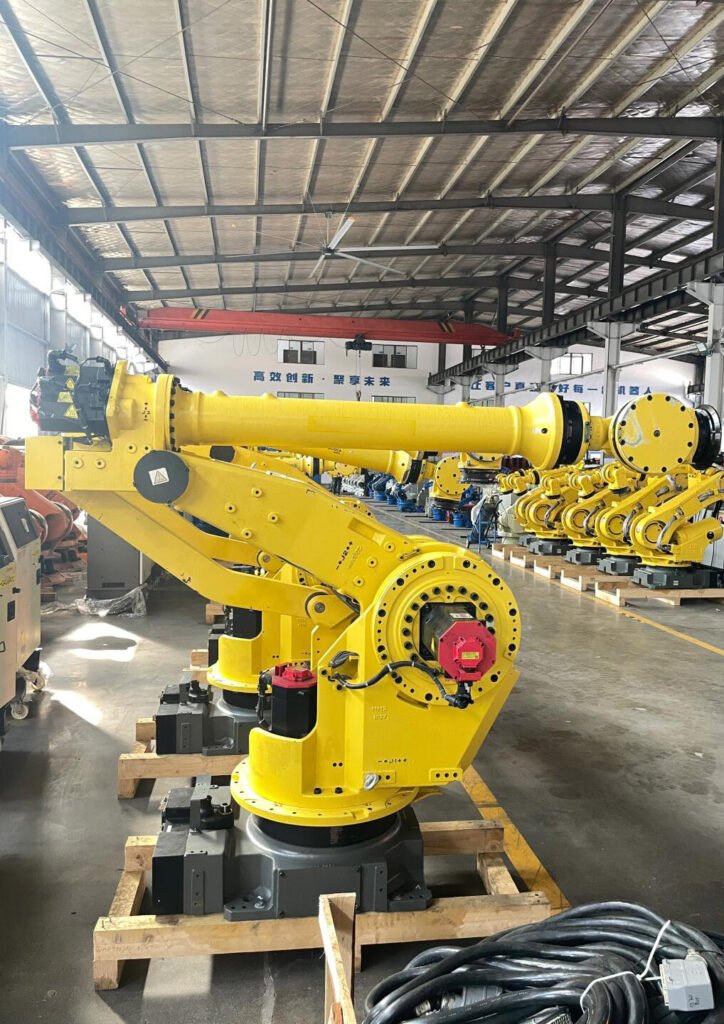
We are professional palletizing equipment supplier:
TONGLI- Expert Palletizing Solution For Fertilizer Only
The palletising machine consists of three parts: conveying, bag flipping, and grabbing. The conveying part is responsible for continuous material transmission; the bag flipping part adjusts the bag posture to make it standardized; the grabbing robot uses the robotic arm and the end effector to accurately grab and stack according to the preset program, and the three work together to achieve efficient palletizing.
Palletising robot conveying components work together through conveyor belts, drive motors, rollers and other components. After the goods are produced by the production line, they are placed on the running conveyor belt and smoothly transferred to the subsequent workstations along the fixed track by the power provided by the drive device. The conveying speed and direction can be flexibly adjusted according to the actual production rhythm, and the position of the goods can be monitored in real time through devices such as omron photoelectric sensors.
The grasping robot consists of a robotic arm, a controller, a driver, and an end effector. Relying on the high degree of freedom of the multi-joint robotic arm, under the command of the controller, combined with the visual recognition or position sensing system, the end effector (such as a suction cup, a gripper) can quickly locate and grasp the compound fertilizer packaging bag. The robot places the goods accurately at the designated position on the pallet according to the preset stacking algorithm to complete the stacking operation.
The cylindrical bag-turning device is mainly composed of a cylindrical roller, a drive mechanism, and a sensor. When the bag containing the material is transported to the device, the roller rotates under the action of the drive mechanism, clamps the bag and drives it to roll by friction, thereby changing the direction of the bag to meet the requirements of subsequent palletizing processes.
| 1. Design Parameters | |
| Parameter | Details |
| 1.1 Material Characteristics | |
| Material Name | Nitrogen, phosphorus, and potassium compound fertilizer |
| Flow Characteristics | Granular, good fluidity |
| 1.2 Packaging Bags | |
| Bag Form | Open bag |
| Bag Material | Polypropylene inner film composite plastic woven bag |
| Bag Size | ~1040×650 mm |
| 1.3 Technical Parameters | |
| Working Mode | Three-shift continuous operation |
| Stacking Capacity | >1000 bags/h |
| Bag Net Weight | 25, 40, 50 kg/bag |
| 1.4 Public Works | |
| Power Supply | AC380V±10% 3P, 50Hz±5%; AC220V±10% 1P, 50Hz±5% |
| Air Source Pressure | ≥0.5~0.7 MPa |
| Gas Consumption (Palletizing Unit) | 0.5 m³/min |
| Component | Specification |
| 2.1 Pre-treatment | Material: SUS304 stainless steel or higher |
| 2.2 Palletizing Host | Includes FANUC robot, mechanical arm, and control part |
| 2.3 Robot Technical Specs | |
| Model | M-410ib/140H |
| Structure | Multi-joint robot |
| Drive Mode | AC servo motor |
| Max Load (with gripper) | 140 kg |
| Capacity | ≥1000 cycles/hour |
| Axes | 5-axis |
| Motion Ranges | J1–J5: up to 720°, speeds up to 420°/sec |
| Gripper Types | Clamps, fingers, suction cups, etc. |
| Teaching Methods | Manual, teaching support, exemption (optional) |
| Power Supply | 380V 3P 50Hz, 10.0 kW |
| Compressed Air | 0.5 MPa |
| Robot Weight | 1200 kg (without gripper/control box) |
| Pallet Size | 1450×1250×130 mm (site-determined) |
| Equipment | Specs |
| 3.1 Bag-Reversing Conveyor | 1 unit, 600 mm belt width, 3000 mm length, 22 m/min speed, 350 mm height, 1.1 kW motor (GD90L-4), rubber belt, SS304 frame |
| 3.2 Square Roller Shaping Machine | 1 unit, 3000 mm length, 28 m/min speed, 350–600 mm height, 0.75 kW motor, SS304 structure |
| 3.3 Buffer Belt Conveyor | 1 unit, 1500 mm length, 600 mm width, 33 m/min, 600 mm height, 0.75 kW motor, SS304 |
| 3.4 Grab Roller | 1 unit, for 50 kg bags, 1000 mm length, 33.3 m/min, 600 mm height, 1.5 kW motor, rubber-covered rollers, SS304 frame |
| 3.5 Bag Grabber Assembly | Aluminum base plate, 2 grab + 2 press cylinders (Japan CKD), stainless steel grab teeth, size adjustment (25–50 kg) |
| 3.6 Electric Control System | Touch screen (Pro-face PFXGP4402WADM), PLC (Siemens S7-200 SMART), relays/contactors (Schneider), photoelectric switches (OMRON E3JK-RR11-C) |
| 3.7 Safety Measures | Interlocking control, emergency photoelectric stop, warning signs, SS isolation fence |
The compound fertilizer robotic palletizer adopts robot palletizing technology and consists of a robotic arm, an end effector, a control system, etc. It is a device specially used for palletizing operations after compound fertilizer production and packaging. The load capacity is generally around 500-2000 kg, and can be selected according to the weight of the compound fertilizer packaging bag and the palletizing requirements. Its working principle is to accurately control the movement of the robotic arm through the control system, use the end effector to grab the compound fertilizer packaging bag, and stack it neatly on the pallet according to the preset palletizing mode. It has a high working efficiency and can palletize 10-20 pallets per hour, which is converted into 1000~1200 bags per hour, which can effectively improve production efficiency.
The robotic palletizing system works as follows:
First, the conveying system continuously transports compound fertilizer bags or other packaging forms of compound fertilizer to the designated location. The sensor detects the location and quantity information of the compound fertilizer and transmits this data to the control system.
The control system accurately controls the movement of the robotic arm according to the preset palletizing mode and parameters, such as the number of stacking per layer and the number of stacking layers. The robotic arm usually has multiple degrees of freedom and can achieve forward and backward, left and right, up and down, and rotation.
The actuator at the end of the robotic arm is generally a device such as a gripper or a suction cup, which will be designed according to the packaging characteristics of the compound fertilizer. When the robotic arm moves to the designated position, the actuator will accurately grab the compound fertilizer and then place it at the corresponding position on the pallet according to the instructions of the control system. The palletizing of the compound fertilizer is completed by repeating the above actions. Its palletizing speed can usually reach about 500-1000 bags per hour, depending on the equipment model and the packaging specifications of the compound fertilizer. The repeated positioning accuracy can reach ±5 mm to ensure the neatness and stability of the palletizing.
The cobot palletizing machine is an automated device that integrates collaborative robot technology and palletizing functions. It is designed to achieve safe collaborative operation between humans and machines. Its working principle is to sense the surrounding environment and interaction with personnel through built-in sensors. When external force or personnel approach is detected, it can automatically slow down or stop to ensure the safety of human-machine collaboration.
In terms of technical parameters, the load of the cobot palletizing machine is usually 5-50 kg, the working radius is generally 0.8-1.7 meters, and the repeat positioning accuracy can reach ±0.05-0.1 mm. Compared with traditional industrial palletizing robots, it is flexible to deploy, does not require complex safety fences, can quickly adapt to multi-variety and small batch production scenarios, is simple to program, and ordinary employees can get started after a short period of training. It can realize the rapid palletizing of electronic product packaging boxes, small food boxes, etc., and the palletizing efficiency can reach 300-800 times per hour.
Palletizers are mainly divided into mechanical, robotic, linear and column types. Mechanical palletizers rely on mechanical transmission, with a working cycle of 80-120 times/hour, a load of 1-3 tons, and a positioning accuracy of ±5mm, which is suitable for heavy and single-variety goods; robotic palletizers are based on industrial robots, with a repeated positioning accuracy of ±0.5mm, a maximum load of 2 tons, a cycle of 60-180 times/hour, strong flexibility, and can adapt to various forms of goods; linear palletizers use linear motion modules, with a running speed of 20m/min, a positioning accuracy of ±2mm, and a cycle of 60-100 times/hour, which is suitable for intensive palletizing of small goods; column palletizers are supported by columns, with a lifting height of more than 8 meters, a load of 500kg-1.5 tons, and a positioning accuracy of ±3mm, which is suitable for high-level storage palletizing.
1. Mechanical palletizer: It uses mechanical transmission mechanisms such as cams and connecting rods to complete cargo grabbing, lifting, translation and stacking actions through precisely designed mechanical trajectories. Its working rhythm is usually 80-120 times/hour, and its load capacity can reach 1-3 tons. It is suitable for large-scale, single-variety heavy cargo palletizing, such as cement, fertilizer and other industries. Due to its strong structural rigidity, it can still maintain a positioning accuracy of ±5mm at high speed, but the mechanical structure is complex and it takes a long time to adjust when changing the pallet type.
2. Robotic palletizer: Based on industrial robot technology, it has more than 6 degrees of freedom and can achieve diversified palletizing solutions through teaching programming or offline programming. The repeat positioning accuracy is ±0.5mm, the maximum load can reach 2 tons, and the working rhythm is 60-180 times/hour. By replacing end effectors such as suction cups and grippers, it can adapt to different forms of goods such as cartons, bags, and barrels. It is widely used in flexible production scenarios such as food, medicine, 3C, etc., and can be compatible with more than 20 different pallet types.
3. Linear palletizer: It uses linear motion modules to realize linear motion of X, Y, and Z axes, and cooperates with the rotating mechanism to complete the palletizing action. Its running speed can reach 20m/min, positioning accuracy is ±2mm, and the beat is about 60-100 times/hour. It has a compact structure and small footprint, and is suitable for intensive palletizing of small goods, such as electronic components, small packaging products, etc. It can be integrated into the production line to achieve seamless docking.
4. Column palletizer: It is supported by columns and uses a cantilever structure to carry goods, with a high space utilization rate. Its lifting height can reach more than 8 meters, and its load capacity is 500kg-1.5 tons. It is suitable for high-rise warehouse palletizing operations. Driven by a servo motor, it can achieve a positioning accuracy of ±3mm, and is often used in the warehousing and logistics links of home appliances, building materials and other industries.
There are obvious differences between Robot (industrial robot) and Cobot (collaborative robot) in terms of safety, working mode, load speed and cost. In terms of safety, industrial robots are powerful and fast, and require physical isolation to ensure safety; collaborative robots are equipped with collision detection to achieve direct human-machine collaboration. In working mode, industrial robots rely on preset programs and operate with high precision in a closed environment; collaborative robots are highly flexible and can quickly adapt to production changes. In terms of load and speed, industrial robots have large loads and fast speeds, while collaborative robots have small loads and slow speeds.
In terms of safety features, industrial robots have strong power and fast running speed. For example, welding robots in automobile manufacturing can move at a speed of up to 2m/s. However, due to the potential risks brought by their power and speed, they must be equipped with safety facilities such as guardrails and gratings to isolate operators from the robot's working area. Collaborative robots are designed with human-machine safety collaboration as the core concept, with a built-in high-precision collision detection system. When contact with the human body or object is detected, the movement can be quickly stopped within 0.5 seconds, and the contact force is usually controlled within 150N, ensuring the safety of personnel during direct human-machine collaboration without the need for additional physical isolation facilities.
In terms of working mode, industrial robots are highly dependent on pre-written complex programs, and perform tasks in a closed environment according to fixed trajectories and instructions. The positioning accuracy can reach ±0.02mm, which is suitable for large-scale, repetitive standardized production. Collaborative robots focus more on flexibility and ease of use. Operators can quickly adjust tasks through simple drag-and-drop teaching or graphical programming. The positioning accuracy is generally ±0.1mm - ±0.5mm, which can quickly adapt to flexible production needs such as product changes and order changes.
In terms of load and speed parameters, industrial robots have strong load capacity. In the field of heavy machinery manufacturing, some large industrial robots can carry more than 1 ton and can easily carry large parts. The load of collaborative robots is relatively small. The common load range of collaborative robots is 3-30kg, which is suitable for light assembly, packaging and other operations.
In terms of running speed, industrial robots have obvious speed advantages due to their high-power drive system, while collaborative robots usually control their running speed at 0.5m/s-1m/s to ensure the safety of human-machine collaboration.
In terms of deployment cost, industrial robot system integration is complex and requires professional engineers to program, debug and maintain. The initial investment cost is high and the debugging cycle is long, which may take weeks or even months. Collaborative robots are compact in structure, easy to operate, and have a short installation and debugging cycle. They can usually be deployed in a few days, and have low technical requirements for operators. The overall cost is generally 30%-50% lower than that of industrial robots with the same load, which is more suitable for the production needs of small and medium-sized enterprises.
The robot palletizing system is a highly automated system that realizes the full process of automated palletizing of goods through the collaborative operation of multiple modules. It is mainly composed of conveyor belts, bag-turning systems, square roller shaping systems, and palletizing robots.
As the starting point of the entire process, the conveying system uses transmission equipment such as belts, chains or rollers to transport goods to the palletizing area at a stable speed. The conveying speed is usually 0.5-2 m/s to ensure that the goods enter the system continuously and orderly.
The bag-turning system is mainly for bagged goods. It uses a mechanical flipping device to correct tilted or irregular bags to an upright state at a processing speed of 10-20 bags per minute, thereby improving the stability of subsequent palletizing.
The square roller shaping system squeezes and shapes the goods through multiple sets of parallel rollers, which is especially suitable for carton goods. The size error of the goods can be controlled within ±5 mm to ensure the neatness of the palletizing.
The core of the system is the palletizing robot, which usually adopts 6-axis or 4-axis industrial robots, with load capacity ranging from 50 kg to 2 tons, repeated positioning accuracy of ±0.5 mm, and can complete 150-1200 palletizing actions per hour. Combined with the end effector (such as suction cups and grippers), it can adapt to various forms of goods such as cartons, bags, barrels, etc. At the same time, the system is also equipped with a PLC control system and a visual inspection device to monitor the position of goods and the quality of palletizing in real time.
The automatic robot palletization system is a highly automated system that realizes the full process of automated palletising of goods through the collaborative operation of multiple modules. It is mainly composed of conveyor belts, bag-turning systems, square roller shaping systems, and palletizing robots.
As the starting point of the entire process, the conveying system uses transmission equipment such as belts, chains or rollers to transport goods to the palletizing area at a stable speed. The conveying speed is usually 0.5-2 meters/second to ensure that the goods enter the system continuously and orderly.
The bag-turning system is mainly for bagged goods. It uses a mechanical flipping device and a cone to correct the tilted or irregular bags to an upright state to improve the stability of subsequent palletizing.
The square roller shaping system uses multiple sets of parallel square rollers to shake the goods when they pass through, which is especially suitable for granular bagged goods to ensure the neatness of palletizing.
The core of the system is the palletizing robot, which usually adopts 6-axis or 4-axis industrial robots, with load capacity ranging from 50 kg to 2 tons, repeated positioning accuracy of ±0.5 mm, and can complete 150-1200 palletizing actions per hour. Combined with the end effector (such as suction cups and grippers), it can adapt to various forms of goods such as cartons, bags, barrels, etc. At the same time, the system is also equipped with a PLC control system and a visual inspection device to monitor the position of goods and the quality of palletizing in real time.
To choose a suitable fertilizer palletizer, first determine the rated capacity and gripping method of the palletizer based on the fertilizer output and packaging type. High-speed palletizers are suitable for high-output, and special gripping mechanisms are used for different packaging. Secondly, according to the weight of the fertilizer packaging, ensure that the palletizer load capacity has a 10% - 20% margin. Furthermore, combined with the plant space layout, mechanical palletizers occupy a large area, while robotic palletizers are more flexible. Finally, weighing the initial investment and long-term operating costs, robotic palletizers are flexible but have high initial investment, while mechanical palletizers are suitable for long-term production of a single product.
Production requirements: The number of palletizers should be determined according to the fertilizer output. If the output is high, such as more than 40 tons per hour, two high-speed palletizers can be selected, which can reach 2,400 bags per hour; if the output is low, one medium- and low-speed palletizer can meet the demand. At the same time, the type of fertilizer packaging should be considered. Bag fertilizers are often handled with clamping or vacuum suction cup palletizers; while barrel fertilizers require a dedicated gripping mechanism.
Load capacity: The weight of fertilizer packaging varies. Common bag fertilizers are 25-50 kg, and barrel fertilizers may reach 100-500 kg. When selecting a palletizer, its load capacity should have a 10%-20% margin. For example, if it mainly handles 50 kg bag fertilizers, the palletizer load capacity should be at least 60 kg to ensure stable operation.
Spatial layout: The floor space occupied by the palletizer varies depending on the type. The mechanical palletizer has a larger structure and can occupy an area of 15-20 square meters; the robot palletizer is relatively flexible and occupies an area of about 8-12 square meters. It is necessary to choose a reasonable size according to the size of the factory space, and at the same time consider the connection between the palletizer and the production line and storage area.
Cost-effectiveness: The initial investment should take into account the equipment price and installation and commissioning costs; long-term operation needs to consider energy consumption and maintenance costs. Although the initial cost of the robot palletizer is higher, it is highly flexible and has low maintenance costs; the mechanical palletizer is the opposite, suitable for long-term production of a single product.
When using palletizers in fertilizer plants, first of all, in terms of efficiency, the palletizer's working speed can reach 1,200 bags per hour, which is 3-5 times higher than manual efficiency. It can operate continuously for 24 hours to meet the needs of mass production. In terms of quality, its positioning accuracy is ±5 mm, which can standardize stacking and reduce the collapse and damage of goods. At the same time, one machine can stack two pallets to improve efficiency. In terms of cost and safety, it can reduce more than 80% of palletizers, reduce labor costs, avoid workers working in dusty and corrosive environments, and reduce safety risks. At the same time, the palletizer can also be connected to the management system to improve the level of intelligent and information production.
First, the available space in the production workshop should be accurately measured and evaluated. The installation of the palletizer not only requires space to accommodate the equipment itself, but also requires reservations for maintenance channels, material turnover areas, etc. Taking the common robot palletizer as an example, its floor area is usually 8-12 square meters, plus the surrounding operating space, an area of 12-18 square meters needs to be reserved; while the floor area of a large mechanical palletizer can reach 15-20 square meters, and the overall reserved space needs to reach 20-25 square meters to ensure that the equipment installation and operation are not restricted by the site.
Secondly, the packaging speed and beat of the existing production line need to be analyzed. For example, if the packaging speed of the production line is 15 bags of fertilizer per minute, a palletizer with a processing speed of not less than 18 bags per minute should be selected. Usually, the working beat of the palletizer needs to be about 20% higher than the actual beat of the production line to ensure smooth connection and avoid production blockage.
The third step is to ensure that the palletizer is effectively connected to the DCS (distributed control system) of the existing production line. Through communication protocols such as OPC UA and Modbus TCP, the data transmission delay between the palletizer and the DCS system is controlled within 10ms, so that the palletizer can receive production instructions in real time and feedback the operating status, realizing unified scheduling and monitoring of the production process.
Finally, the type and configuration of the palletizer are determined according to the specifications of the bagged fertilizer (such as 25kg and 50kg) and the palletizing requirements (such as pallet type and number of layers). If pallets need to be replaced frequently, a palletizer system with a pallet library can be selected, and the pallet replacement time can be controlled within 30-60 seconds; at the same time, it is necessary to ensure that the palletizer's gripping mechanism is adapted to the size of the fertilizer packaging bag. For example, for the common 500mm×800mm specification packaging bag, the effective gripping range of the gripping mechanism must cover this size and reserve 10-20mm margin to ensure stable gripping and accurate palletizing.
The answer is yes. The state-of-art automated palletizer machine can quickly switch between 25kg and 50kg bags. In terms of hardware configuration, high-end palletizers mostly use servo-electric or pneumatic adaptive grippers, which can be quickly replaced through modular design. The electric gripper can adjust the gripping force and gripping size within 2-3 seconds with high-precision screw transmission to adapt to bags of different weights and sizes. The gripping force adjustment range can reach 50-500N; the pneumatic gripper uses a proportional valve to control the air pressure, which can complete parameter switching within 3-5 seconds, and the repeatability accuracy is ±1mm.
At the control system level, intelligent programs based on PLC or industrial robot controllers can pre-store multiple palletizing modes. When a change in bag specifications is detected, the visual recognition system (such as a 3D laser scanner with a scanning accuracy of ±0.5mm) combined with a weight sensor (accuracy ±0.1kg) quickly obtains bag information, and the control system completes data processing within 100ms and automatically calls the corresponding program to achieve rapid switching of palletizing strategies. In practical applications, the switching time can usually be controlled within 1-2 minutes, meeting the needs of continuous and efficient operation of the production line.
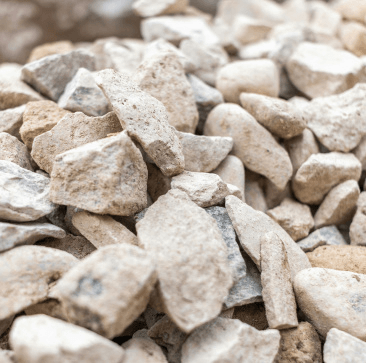
Made from organic matter such as animal and plant residues, it is rich in a variety of nutrients and organic matter. It is usually in granular or powdered form, with a variety of packaging, and can be palletized according to different packaging

A commonly used potassium fertilizer, which is white or slightly reddish crystalline particles that can enhance the plant's ability to resist lodging. Its packaging bag specifications are uniform, which is suitable for palletizers to perform efficient palletizing operations.
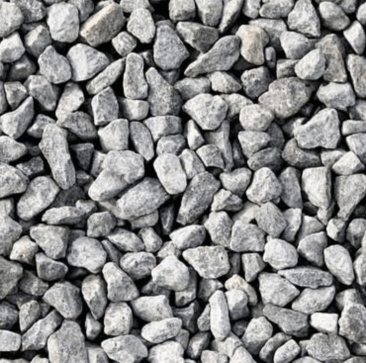
A high-concentration compound fertilizer containing two nutrients, nitrogen and phosphorus. It is in granular form with stable physical properties, which is convenient for palletizers to grab and stack, and is conducive to storage and transportation.

White granular nitrogen fertilizer with high nitrogen content, which can promote the growth of plant branches and leaves. It is easily soluble in water, has low hygroscopicity, and is neatly packaged, suitable for palletizing by palletizers.

Thin and light material, good flexibility, low cost, and has certain moisture resistance. It has good heat sealing performance and can be quickly sealed by the heat sealing device of the automatic quantitative packaging scale, with high packaging efficiency.

It is made of a variety of materials, such as plastic film, aluminum foil, paper, etc. It has good barrier properties, can effectively prevent the intrusion of oxygen, moisture, etc., protect product quality, and has a regular shape, which is suitable for accurate measurement and packaging by automatic packaging scales.
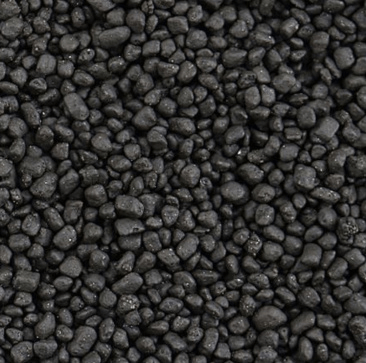
The three-side sealing design makes the bag sealable and can effectively prevent material leakage. On the automatic quantitative packaging scale, its loading and sealing process is easy to automate, and the packaging process can be completed quickly.
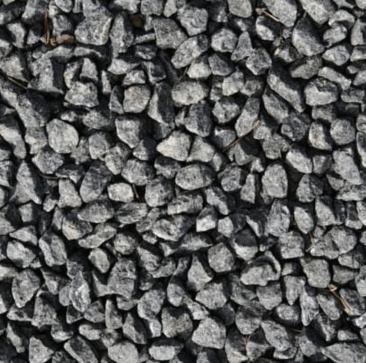
There is a support structure at the bottom, which can be placed independently, which is convenient for consumers to use and store. The automatic quantitative packaging scale can first perform quantitative loading on it, and then complete the sealing process, etc., which is suitable for a variety of product packaging and improves the product display effect.
You can get in touch with us through the following contact information
AddressNo. 2289 Huancheng South Road, Tongxiang, Jiaxing, Zhejiang Province, China. Zip code:314500
Please fill in the sales inquiry form and our sales representatives will be in touch shortly.